A Closer Look into the Development Process of the HANZŌ
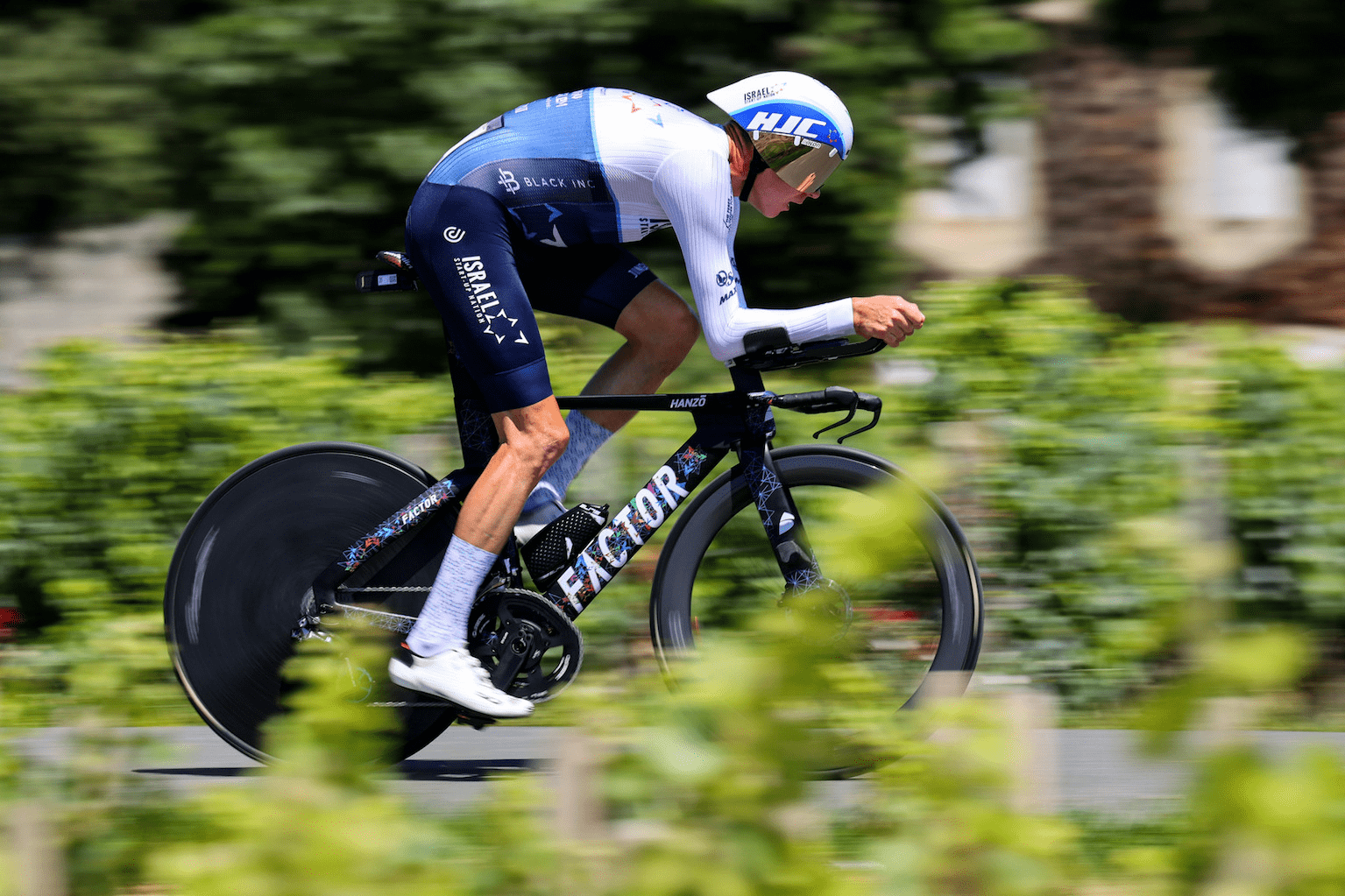
Following a year of ongoing development and extensive feedback from Israel Start-Up Nation, Factor recently launched the HANZŌ and what is among one of the fastest time trial bikes on the planet with world record aerodynamics. Constructed under the new UCI guidelines confirmed on January 1st, 2021- it is the first available production World Tour time trial bike to be developed under the latest regulations.
Specifically designed for time trialling, this specialist bike was created alongside the likes of some of the sports most decorated professionals, including; 4x Tour de France champion, Chris Froome, and time trial specialist, Alex Dowsett.
Photography by Noa Arnon and Bettini Photo

KEY ATTRIBUTES OF THE HANZŌ
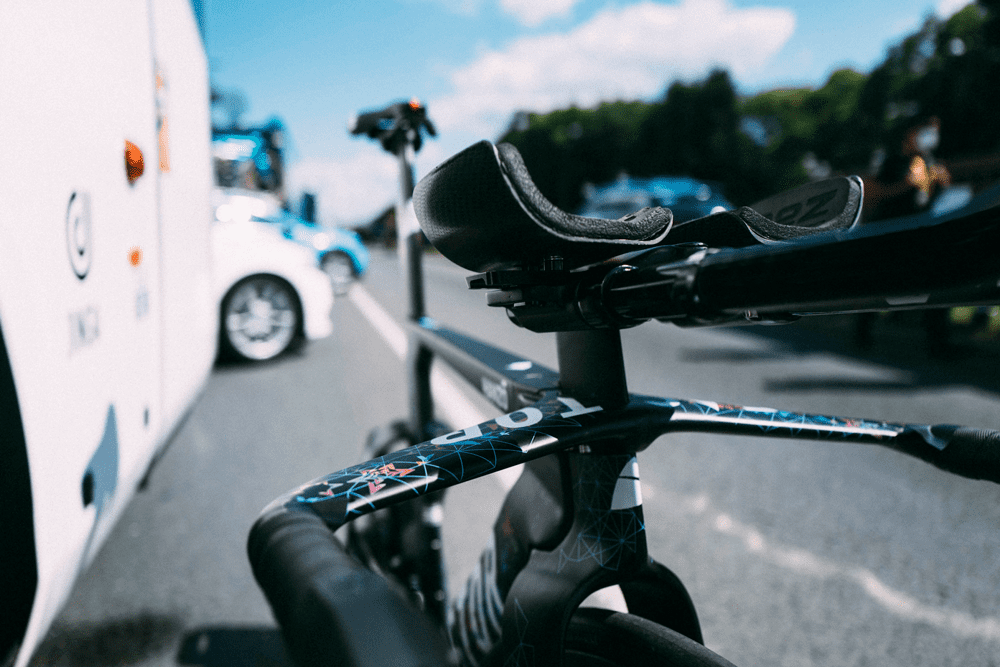
WORLD RECORD AERODYNAMICS ACHIEVED WITH THE SUPPORT OF WORLD TOUR TEAM, ISRAEL START-UP NATION
A major focus of the HANZŌ was aerodynamics and aiming to become one of the world’s fastest time trial bikes within the new UCI guidelines. In order to achieve that, Factor worked alongside Israel Start-Up Nation’s world-class specialists and industry experts; Paulo Saldanha (Sport Scientist) and Dr. Ciarán O’Grady (Aerodynamicist), to ensure every marginal gain was ticked in the development process.
Paulo Saldanha shares:
“The great thing about the HANZŌ is not only how fast it is, but also the way it was developed. From whiteboard ideas to final products, this has been a complete collaboration between Factor and ISN and an exercise between the balance of form and function. Input came from riders, our internal performance team, together with Factors engineering team, and the outcome was the HANZŌ. It is rare to be able to work with a company that is open, agile and can iterate quickly on design optimization and prototyping. Factor operates very much along these lines and this is why we can optimize performance for our team of riders.”
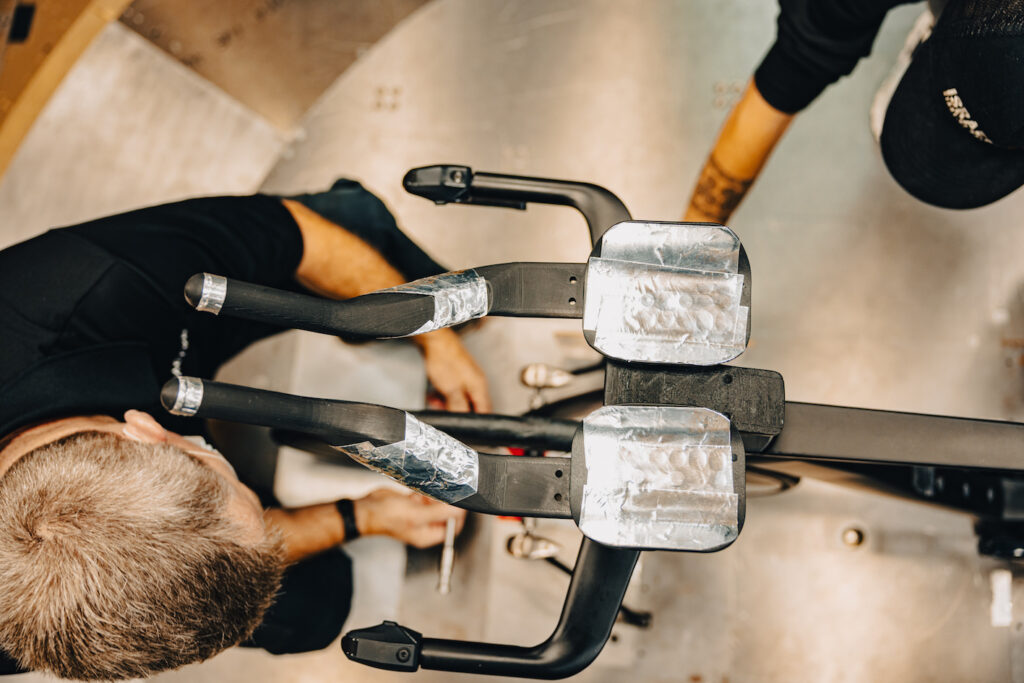
While Dr. Ciarán O’Grady explains:
“When I began working at Israel Start-Up Nation, one of my first discussions was with Graham and Rob about the development of a new time trial bike. It was clear from the outset that the agile nature of Factor as a brand allowed them to experiment with some really cool ideas. The design philosophy behind the HANZŌ was for it to be razor-sharp, lowering the frontal area as much as possible and becoming as aerodynamically efficient as possible.
The communication between Factor and ISN was excellent, with weekly meetings bringing us all together to discuss ideas and see the HANZŌ coming to life. The superb collaboration around aspects such as optimising downtube shapes, basebar widths and seatstay design resulted in a truly amazing time trial bike.
We involved the team riders throughout the development process so that they could share their input and thoughts. We have some amazing time trial specialists on Israel Start-Up Nation, so drawing on their feedback was a no-brainier!
The first prototypes were received in time for the final time trial of the Giro d’Italia, and this progressed to having the bikes being ridden at the Tour de France by selected riders. The HANZŌ quickly had its first outing in a team time trial at the Tour of Britain. Towards the end of the season the HANZŌ was moving up the results sheet, and culminated with the fantastic time trial victory of Ben Hermans in Poitou Charantes in France.
We have seen that the bike lives up to its name, both in the wind tunnel and out on the road. I’m very excited to see this bike being ridden by all riders across our team, and shoring up our position as a strong time trialling team.”
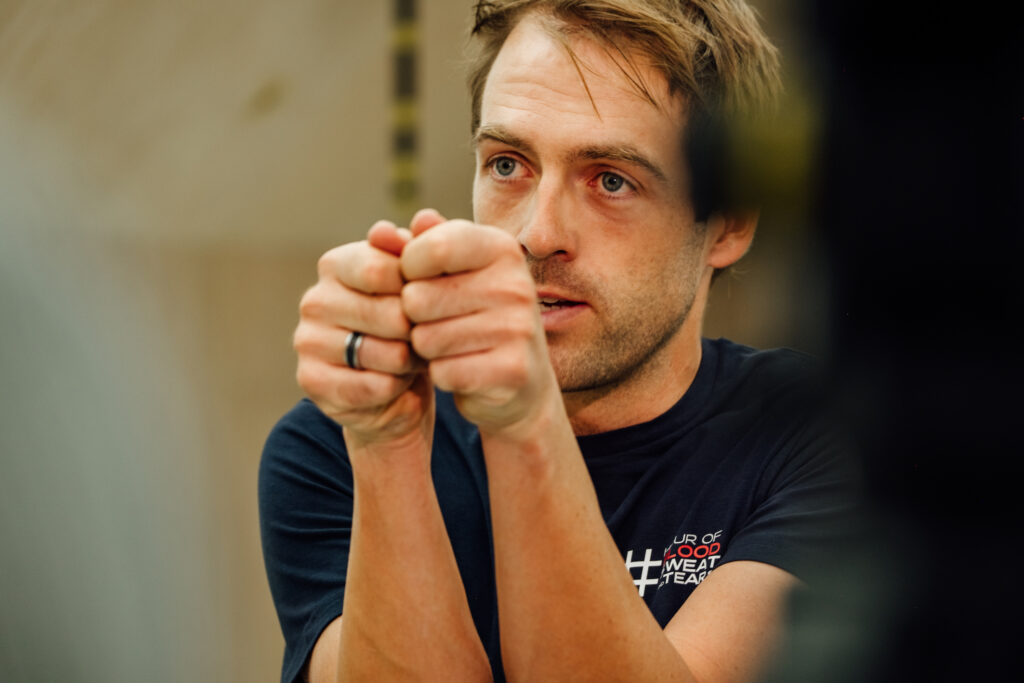
An extensive amount of discussion and valuable input was also received by the riders and team management, as Factor strongly believes that the most credible feedback will come from those who are performing at the sport’s pinnacle level. Since partnering with the team ahead of the 2020 season, we have consistently worked together to continue to develop and improve our products.
The HANZŌ communication started soon after Chris Froome signed for the team ahead of the 2021 season and between himself and Alex Dowsett, their input proved pivotal to a significant part of the development process. Following much discussion between both riders and Team Manager, Jost Zevnik, the decision was made to prioritise aerodynamics and speed with a slightly lessened focus on extreme lightweight. This came down to the vast majority of the 2021 World Tour time trials being flat.
Graham Shrive, Factor’s Director of Engineering explains, “The aerodynamics was of course a big goal with the bike – it had to be fast. We had a lot of team engagement with this. Alex and Chris were the really involved riders among other members of the team, including; Jost Zevnik, Paulo Saldanha and Dr. Ciarán O’Grady.
When Chris joined the team, we immediately started communicating, asking him what he wanted with this bike. We went back and forth for a while questioning whether we wanted to make an ultralight bike or a full gas aero bike. When reviewing the Tour stages for this year, we saw they were quite flat and so we made the collective decision that we were going to step back a little from ultra-lightweight. The team staff shared their support as the majority of the time trials on the World Tour this season were flat. That was day zero and then we went out from there with all the different specific requirements.”
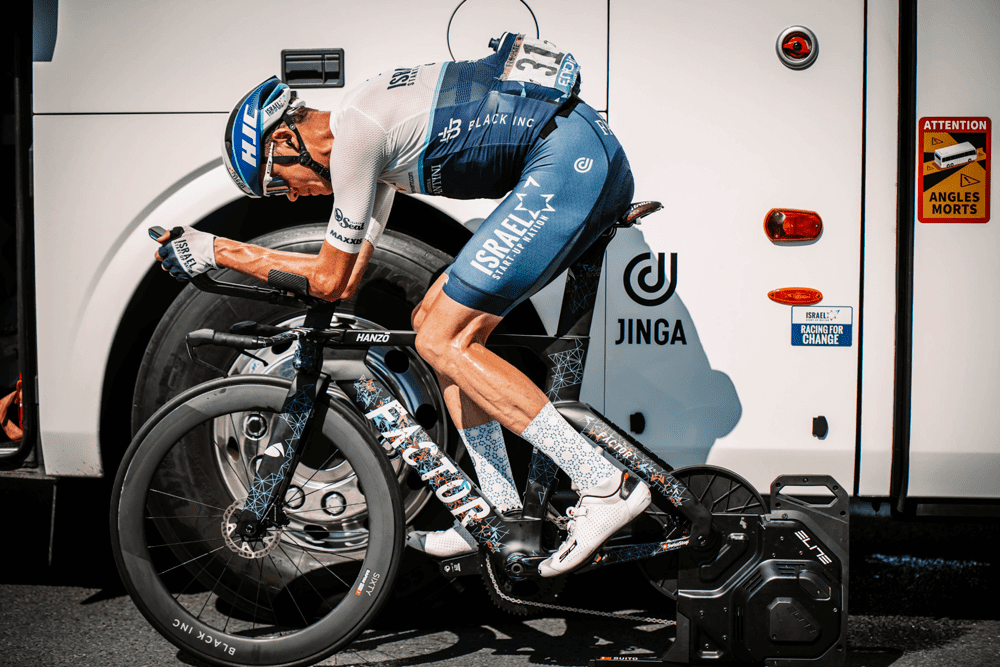
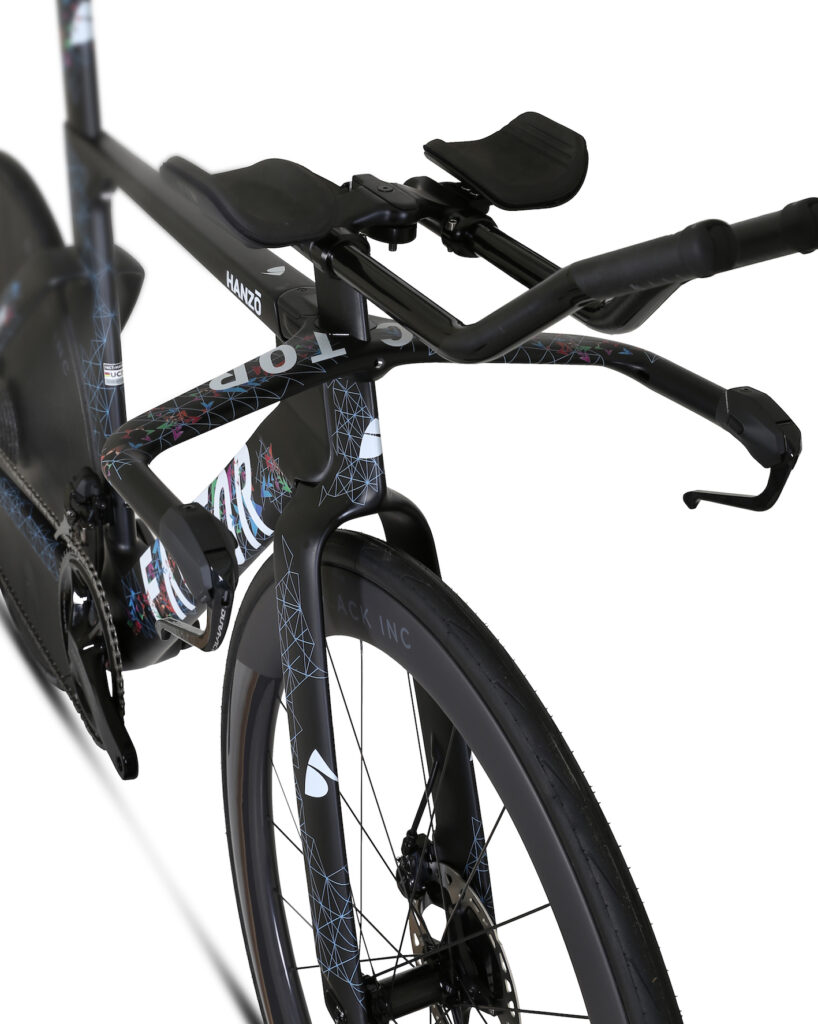
A PURIST TIME TRIAL BIKE
Another element that was a key differential when developing the HANZŌ is that it is a purist time trial bike or a very fast triathlon bike, in all aspects from fit to function; while the SLiCK remains as Factor’s primary triathlon bike. “Something we really focussed on was that this is not a triathlon bike, it’s a time trial bike. So as soon as we removed those other constraints from it – like a crazy fit range and triathlon specifics, it helped to really simplify what we were doing. Again, in my experience, at least with products – the more focussed the application, the more satisfied the rider is. I find that riders respond quite well to that focussed application, so that’s something we really did well with this,” shared Graham.
RADICAL SIMPLICITY
A simplistic, minimalist approach was taken when developing the HANZŌ to achieve extreme BOM minimization, avoiding the chaos and clutter of using an excessive amount of parts and unnecessary complication.
*Bill of Materials (BOM) is an inventory of all materials, parts, components and the quantities of each needed to manufacture a product.
“One of the things that I’m really into is this idea of radical simplicity. I’ve built a lot of time trial bikes over the years and have learned from my experiences. Something that I abide by is that simple is hard and complicated is easy. What we really wanted to do with the HANZŌ is avoid the complication of having a thousand different parts and keep it as minimalistic and as simple as possible – An elegant solution to a complicated task.”
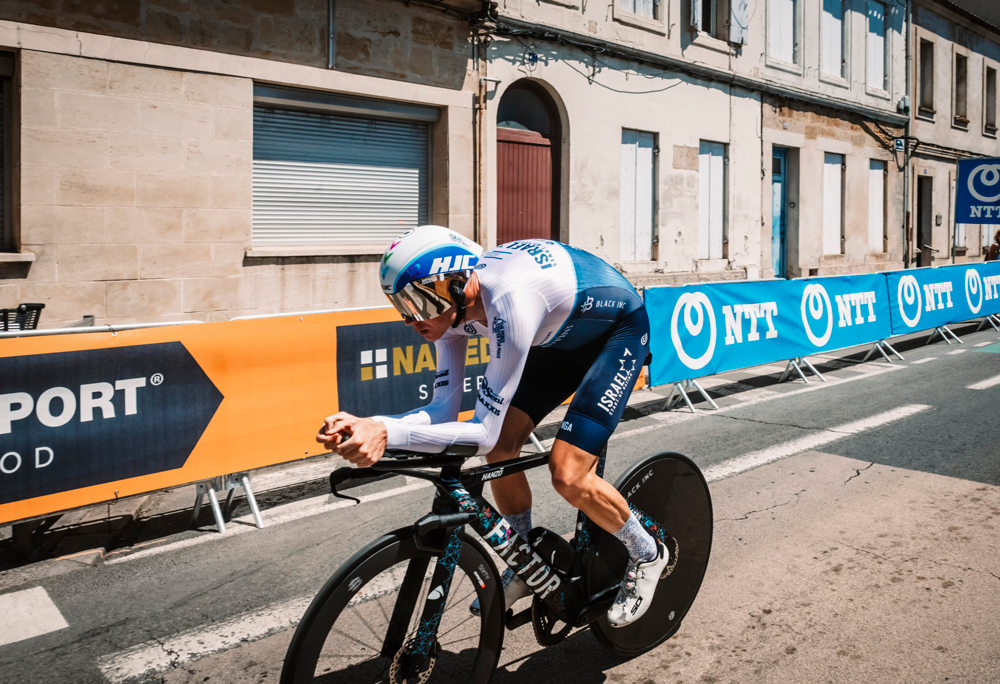
PUSHING THE NEW UCI RULES TO THE MAXIMUM
When the updated UCI guidelines were released in January, Factor grasped the opportunity to build the HANZŌ based on the new rules, taking every UCI parameter allowed to the absolute maximum and in the process becoming one of the fastest time trial bikes in the world developed within the latest UCI regulations.
“Of course we wanted to take advantage of the new UCI rules that came out on January 1st. The most important aspect of the rules was that: A) they aligned the time trial and the road racing rule set, and B) they dropped the minimum 25mm section rule on the downtube, headtube, top tube and seat tube so you can go thinner than 25mm. This allowed the HANZŌ’s frontal area to be reduced significantly.
Then the approach to the aero development was fairly different to what Factor have done in the past. We worked off an iteration I have previously used where we apply discretization to split the bike up into different parts. The way that we figured out how to do that was we actually split where the flow regime would change. At the front of the bike, the flow is very different to what it is at the back of the bike, so we demarcated the bike in terms of the flow regime across it and then applied resources to that accordingly. In the end, we spent a lot of time on the areas where there was high impact or differences and that in a way summarises the overall philosophy on the bike and how we got there.”
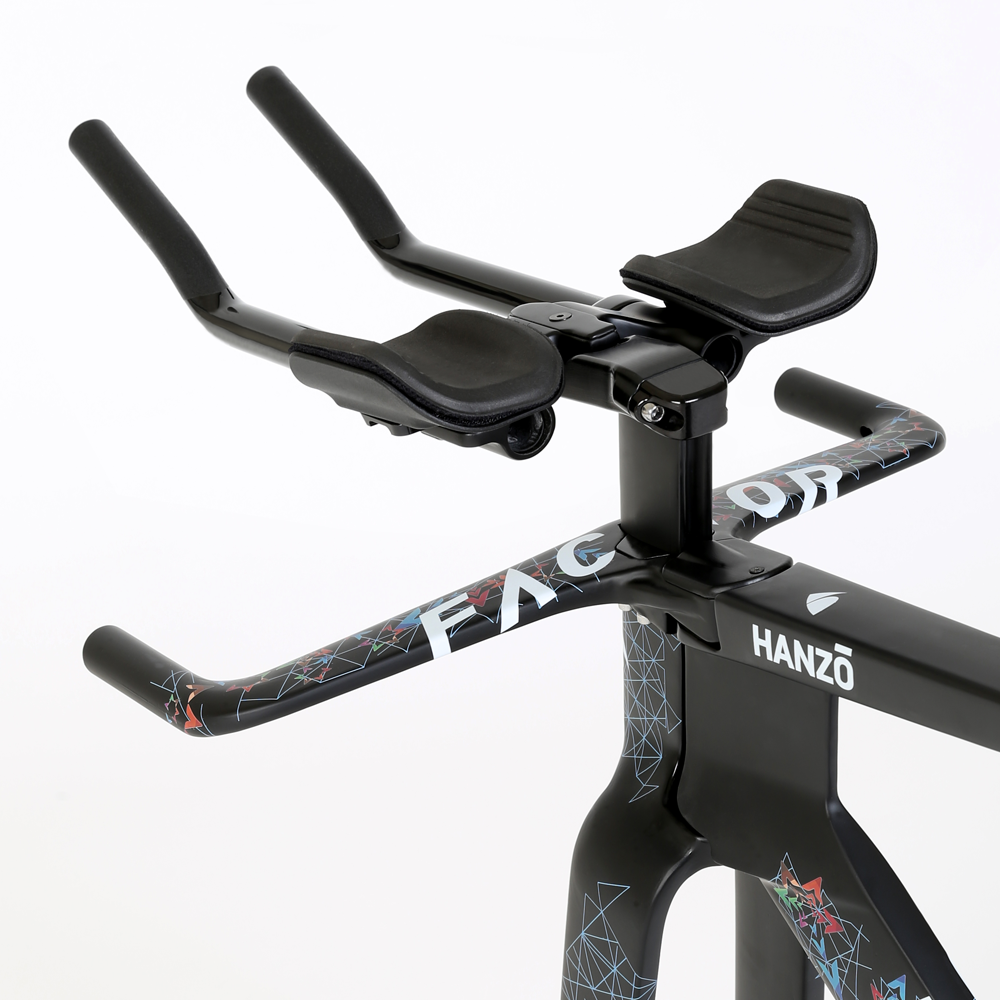
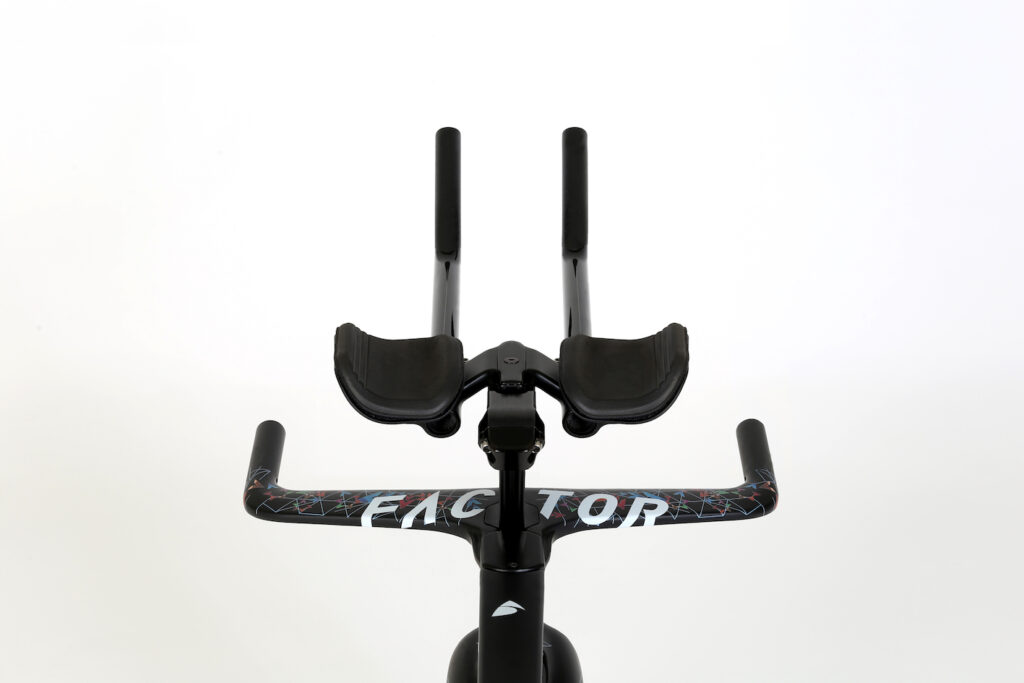
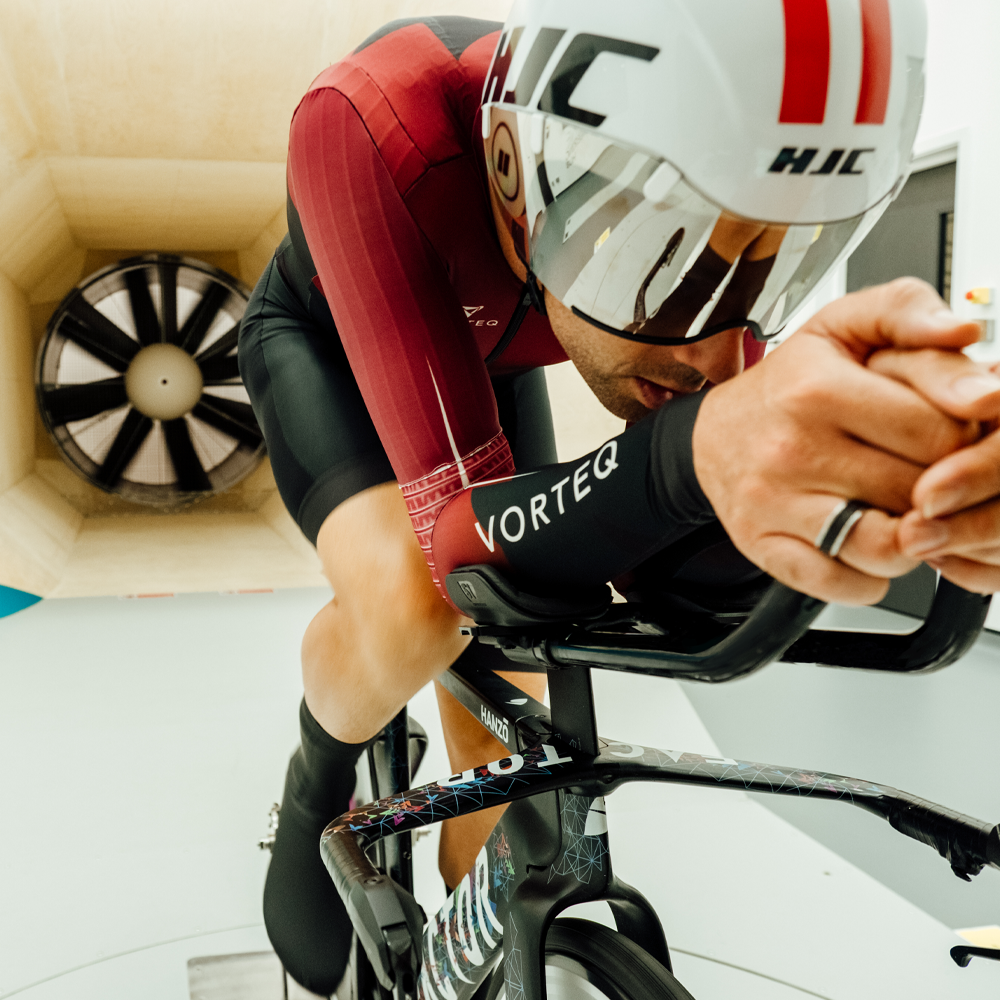
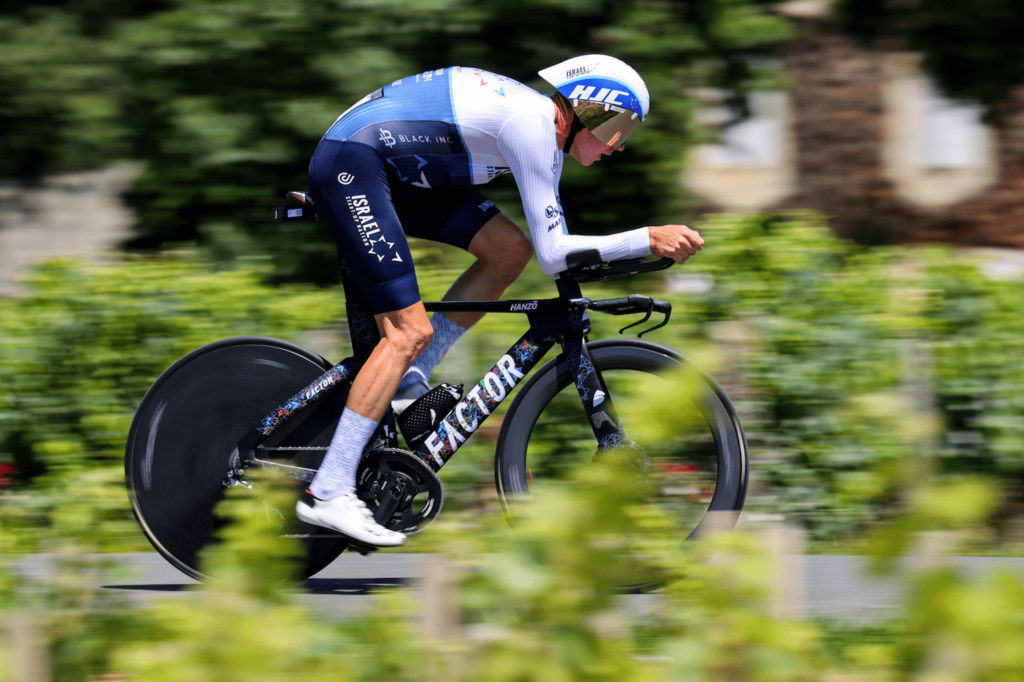

© 2025 Factor Bikes. All rights reserved / Privacy Policy |Terms
